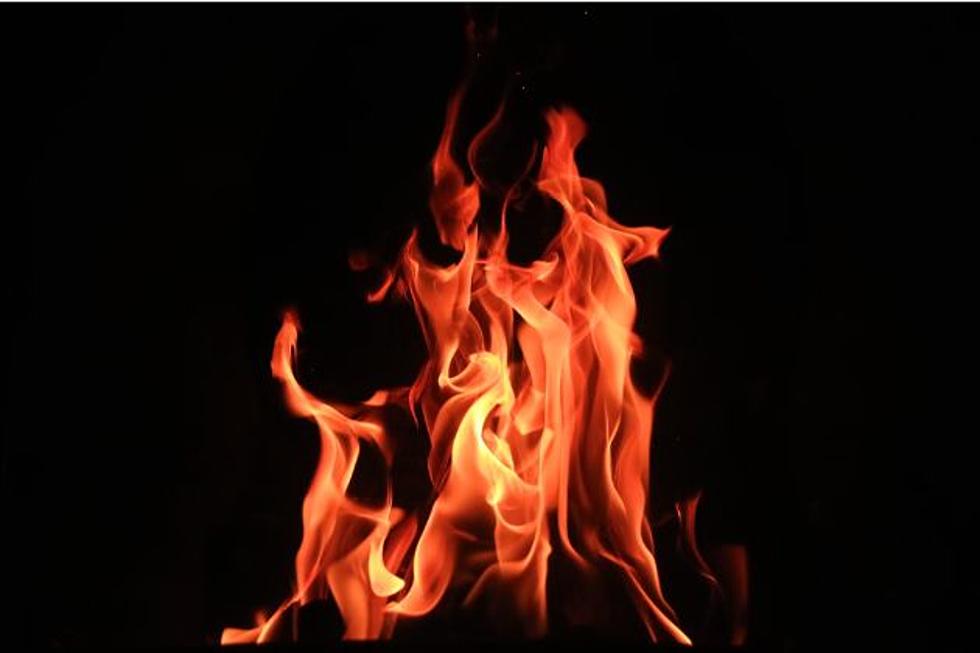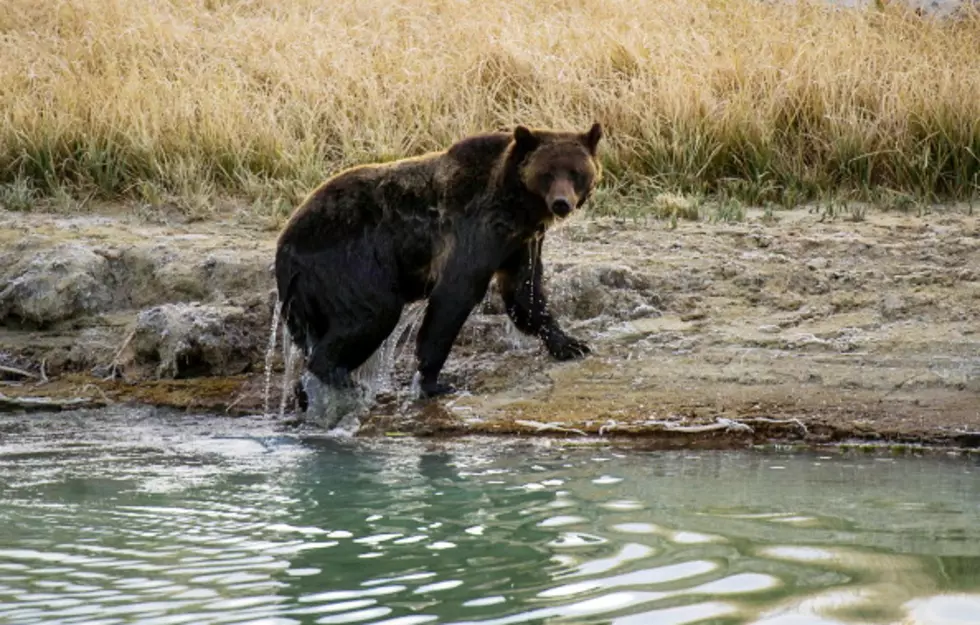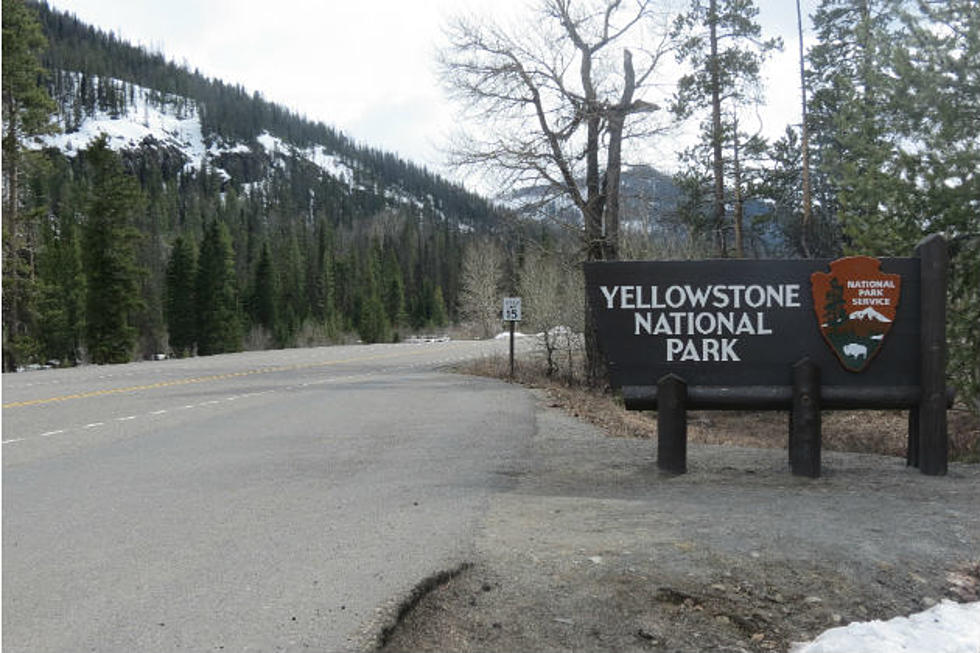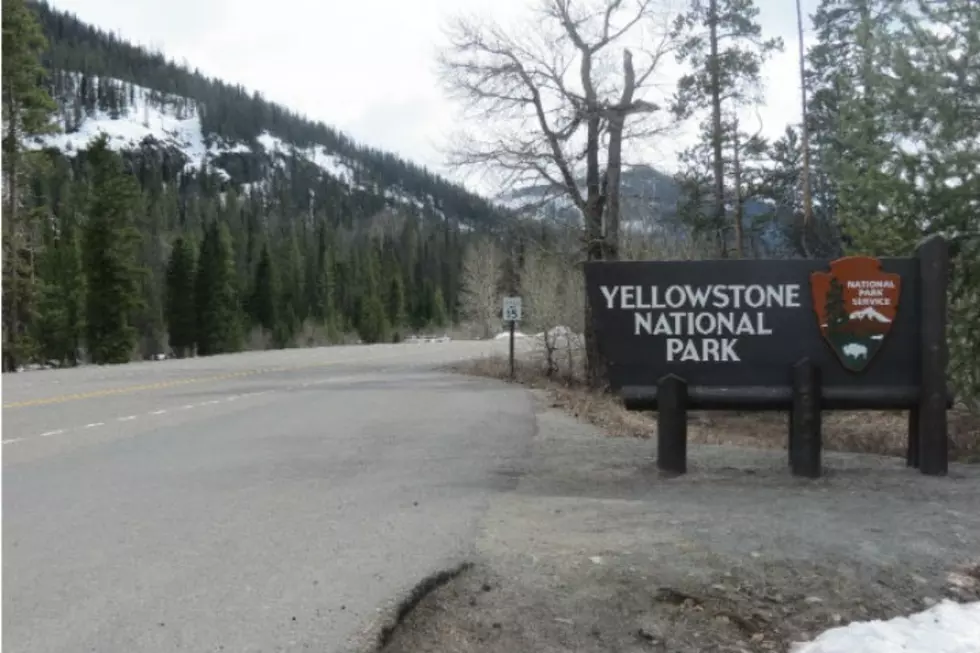
UPDATE: New Fire at Yellowstone National Park
UPDATE:The lightning-caused Fawn fire, burning in the backcountry of Yellowstone National Park since August 5, has grown to an estimated 915 acres as of 11:30 a.m. on Sunday, August 7. Crews are actively monitoring the fire by air. Smoke from the fire has been visible throughout the northern portion of the park and in surrounding communities; however, no facilities, trails, or roads are threatened.
How far is the fire from surrounding communities?
- Big Sky, MT; 35 miles southeast
- Gardiner, MT; 13 miles southwest
- Mammoth Hot Springs (near the park’s north entrance); 11 miles west
- West Yellowstone; 16 miles northeast
Saturday, August 6, a thunderstorm passed over the fire area and deposited approximately .17 inches of rain. Sunday has also been cool with additional rain and thunderstorm activity. Total rainfall in the last few days in the fire area has been 0.29 inches. Fire managers expect limited fire growth today due to the weather conditions today.
A change in the weather forecast for Monday calls for warmer and drier conditions. Typically, fire activity picks up in the afternoon as temperatures rise, relative humidity levels drop, and gusty winds increase. Fire activity is expected to increase in the coming days. Visitors and surrounding communities should expect varying levels of smoke through the day and smoke levels to increase during the afternoon.
Campsite and road closures remain the same.
===========================================================
There is a new fire at Yellowstone, but authorities say, it's not a threat.UPDATE
Smoke from the lightning-ignited Fawn fire is visible in Mammoth Hot Springs, Gardiner, West Yellowstone, along Route 191 north of West Yellowstone, and north of Yellowstone National Park Saturday evening, August 6. Due to hot and dry weather, the Fawn fire grew significantly Saturday afternoon.
The estimated 500-acre fire is burning in the Fawn Pass area, in the northwestern section of the park. It was reported by an outfitter Thursday, August 4. Public and firefighter safety is the first priority for park managers. The fire does not pose a threat to visitors.
All roads leading into and through the park are open. Park visitors and communities north and west of the park should anticipate varying levels of smoke from the fire. Due to the fire activity, the following closures are in place...
Campsites
WB1, WB3, WB4 and WB6
Trails
Bighorn Pass trail eastbound at the junction of the cut-off trail to the Fawn Pass Trail.
Bighorn Pass trail westbound at Bighorn Pass.
Fawn Pass trail eastbound at the junction of the cut-off trail to the Big Horn Pass Trail.
Fawn Pass trail westbound at campsite 1F1.
The cut-off trail between Bighorn and Fawn Pass trails is open. Fire staff will begin to put structure protection around the Fawn Pass cabin Saturday evening. They traveled to the cabin Friday, August 5 to evaluate risk and determine how to protect it in the event that the fire reaches the cabin. Fire managers will monitor the Fawn fire and prepare long term management plans that address safety to firefighters and the public, protection of structures, communities, natural and cultural resources. The Greater Yellowstone area is a fire-adapted ecosystem. Fire plays an important role in maintaining the health of this area’s wildlife habitat and vegetation.
More From Laramie Live







